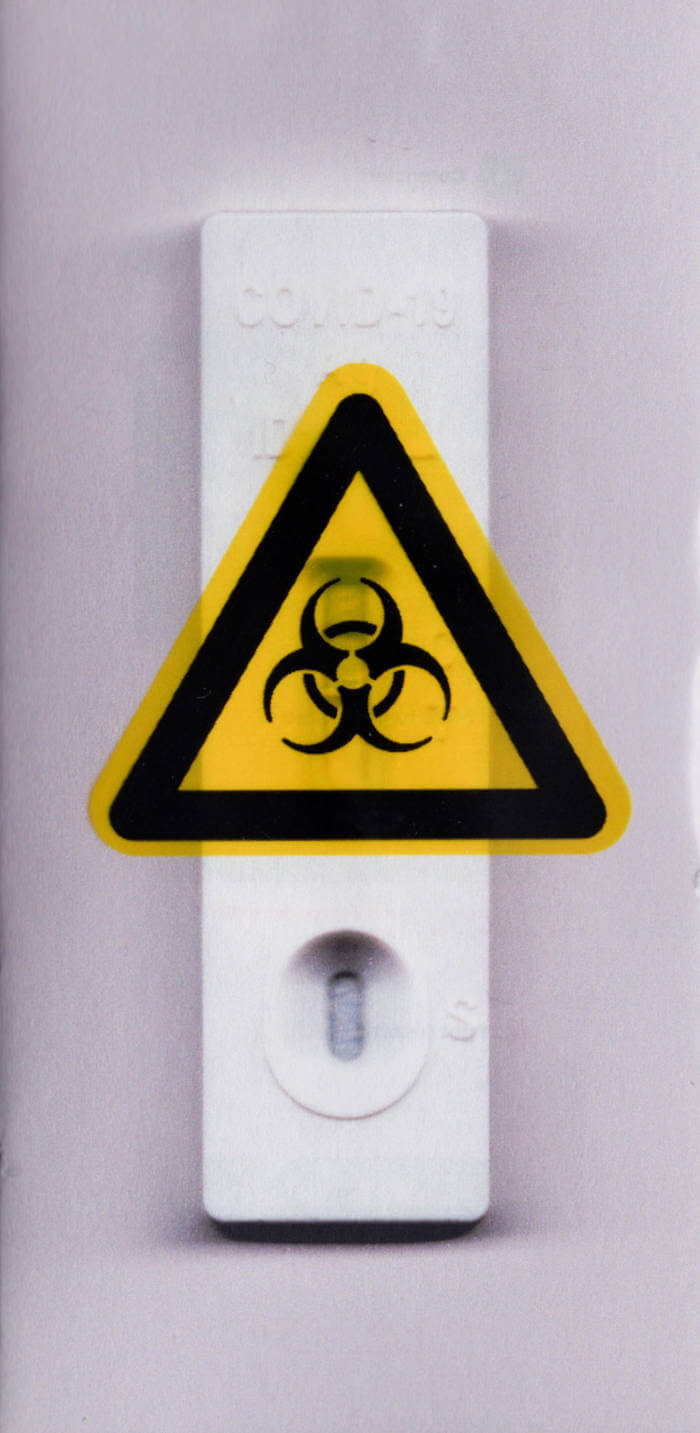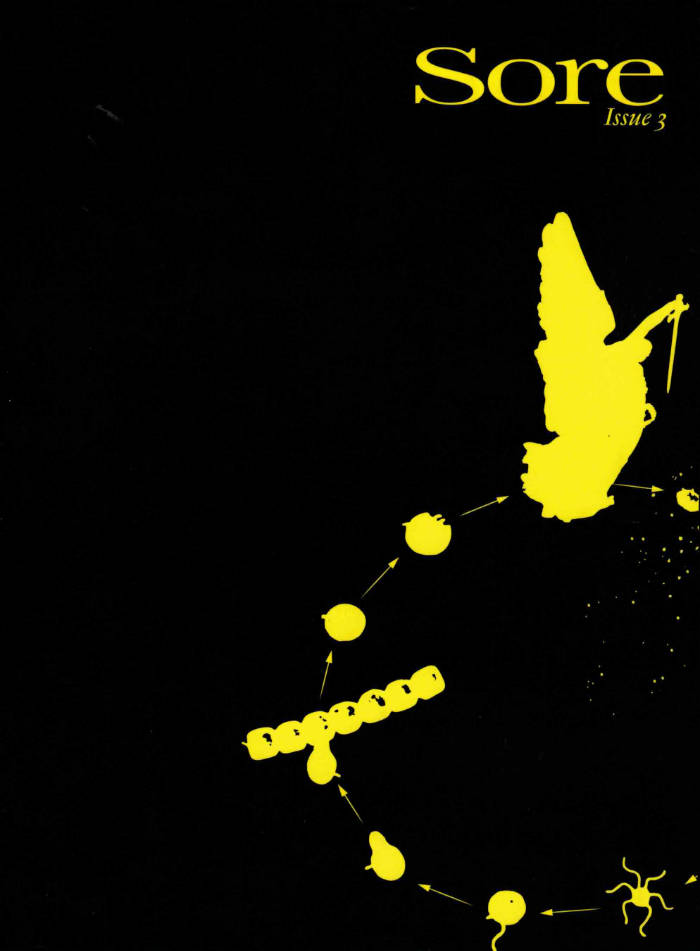
The COVID-19 Kink Zine
An infectious disease occasionally promotes certain ways of intimacy. For instance, health officials from New York and British Columbia suggested the use of glory holes as part of measures on dating and sex during the coronavirus pandemic to prevent face-to-face contact. Queerness can arise as an unforeseen side effect of the measures against the disease. We can further this by misusing the language of public hygiene as symbols of kink, a face mask as a ball gag, temporary floor marking tapes as bondage tapes, a PCR nose swab as a dilator. Online space, where fake news and memes flourish, is indeed an effective ground for these deliberate misunderstandings to propagate.
2022 February by Noam Youngrak Son
Cathair press (https://www.d-act.org/cathair.html)
@noam_yr
Language: English




